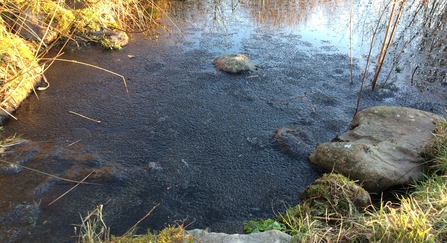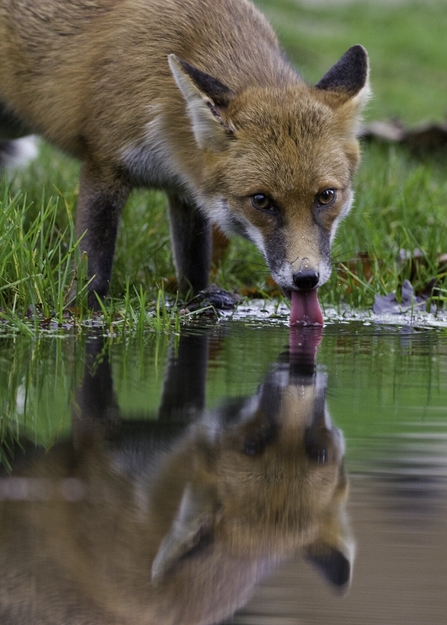1) Try not to cut any long vegetation around the pond until early spring when the newts are beginning to emerge.
2) Trim any overhanging branches to maximise the amount of light, and minimise leaves falling into the water.
3) Remove any leaf litter, blanket weed and excess oxygenator plants. Make sure you rinse it out to remove any little critters!


